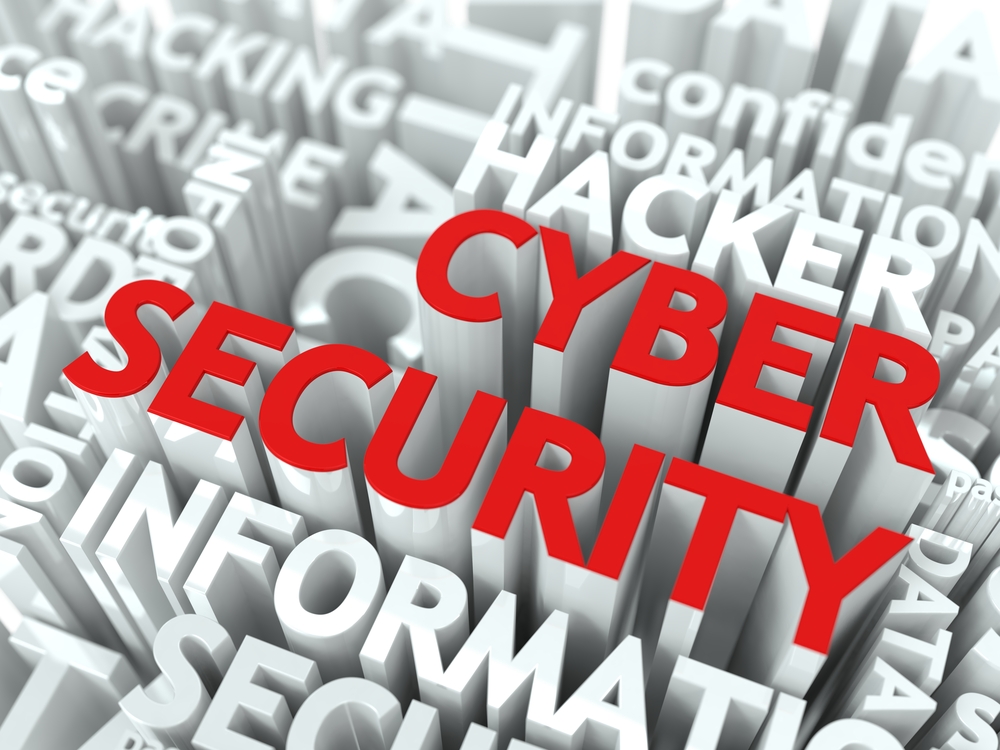Malware Prevention: Establishing & Maintaining Defenses
In this fourth blog in the series, we look at Malware Prevention, following the guidance from the UK National Cyber Security Centre (NCSC). We...
-1.png)
In 2019, 71% of organisations experienced malware activity that spread from one employee to another. In 2020, that number fell to 60%, its lowest of the time likely due to the rise of remote working following the global pandemic. But malware still remains a big problem for organisations and especially the education sector.
The name malware is simply a combination of “malicious” and “software”. It is any software created to cause harm to a computer, network, systems, people, organisation, etc. This article will not only provide insight on Malware and its types, but will also give top tips on how to secure your school system and mitigate any cyberattacks.
Cybercriminals use malware for a variety of purposes like extorting money, selling data, personal revenge, damaging reputation, political motive, etc. For a better understanding, we should first know the different types of malware.
Malware has been around for decades and so have been the solutions to tackle them.
From a cybersecurity standpoint, the best solution that you can do to protect your organization from malware-wielding offenders is to make yourself as challenging a target as possible.
Some other best practices apart from anti-malware will help to quickly recover and reinstate your system.
From K-12 schools to universities and colleges, the education sector was one of the most affected industries hit by malware in 2020. Lack of cybersecurity awareness and sub optimal cybersecurity practices make their systems easy to compromise.
The basic remedy for schools is to make their IT system robust and hard to target. Most cybercriminals often go for the low-hanging fruit as they are looking for a substantial pay-out with minimal effort.
Visit our webpage for more information about our Cyber Security Testing service.

In this fourth blog in the series, we look at Malware Prevention, following the guidance from the UK National Cyber Security Centre (NCSC). We...

The FBI has recently identified a primary malware that is designed to target schools. They have been tracking this since March 2020, and in March...
.png)
The EU AI Act’s first provisions came into effect this month, including the requirement for schools to ensure the appropriate level of AI literacy...